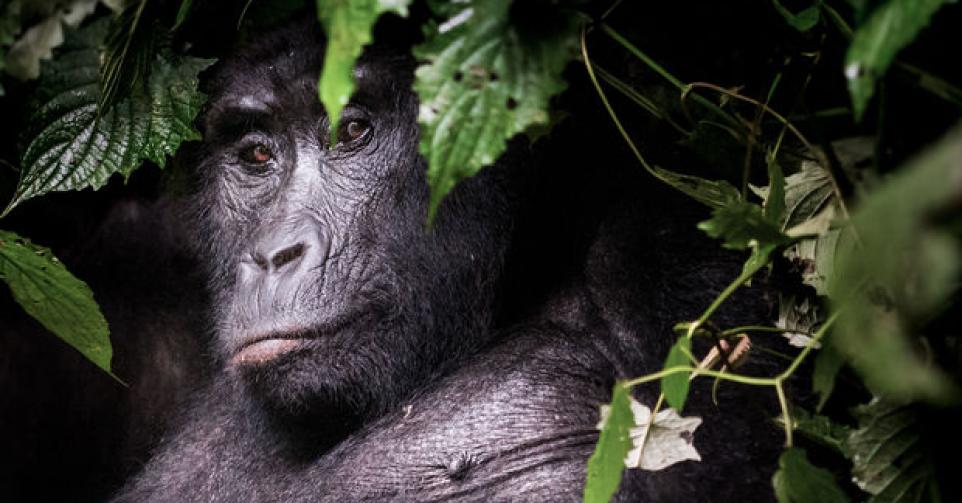Destiné aussi bien aux amateurs qu’aux professionnels, le Nature Photographer of the Year Contest est ouvert jusqu’au 16 novembre prochain. Les photos présentées sont divisées en quatre catégories: Les portraits d’animaux, les scènes en action, les problématiques environnementales et les paysages. En plus de la reconnaissance de ses talents de photographe, le grand gagnant recevra les conseils d’un professionnel, et pourra surtout participer à une expédition aux Galápagos organisée par National Geographic, en espérant sans doute prendre de nouveaux clichés extraordinaires.
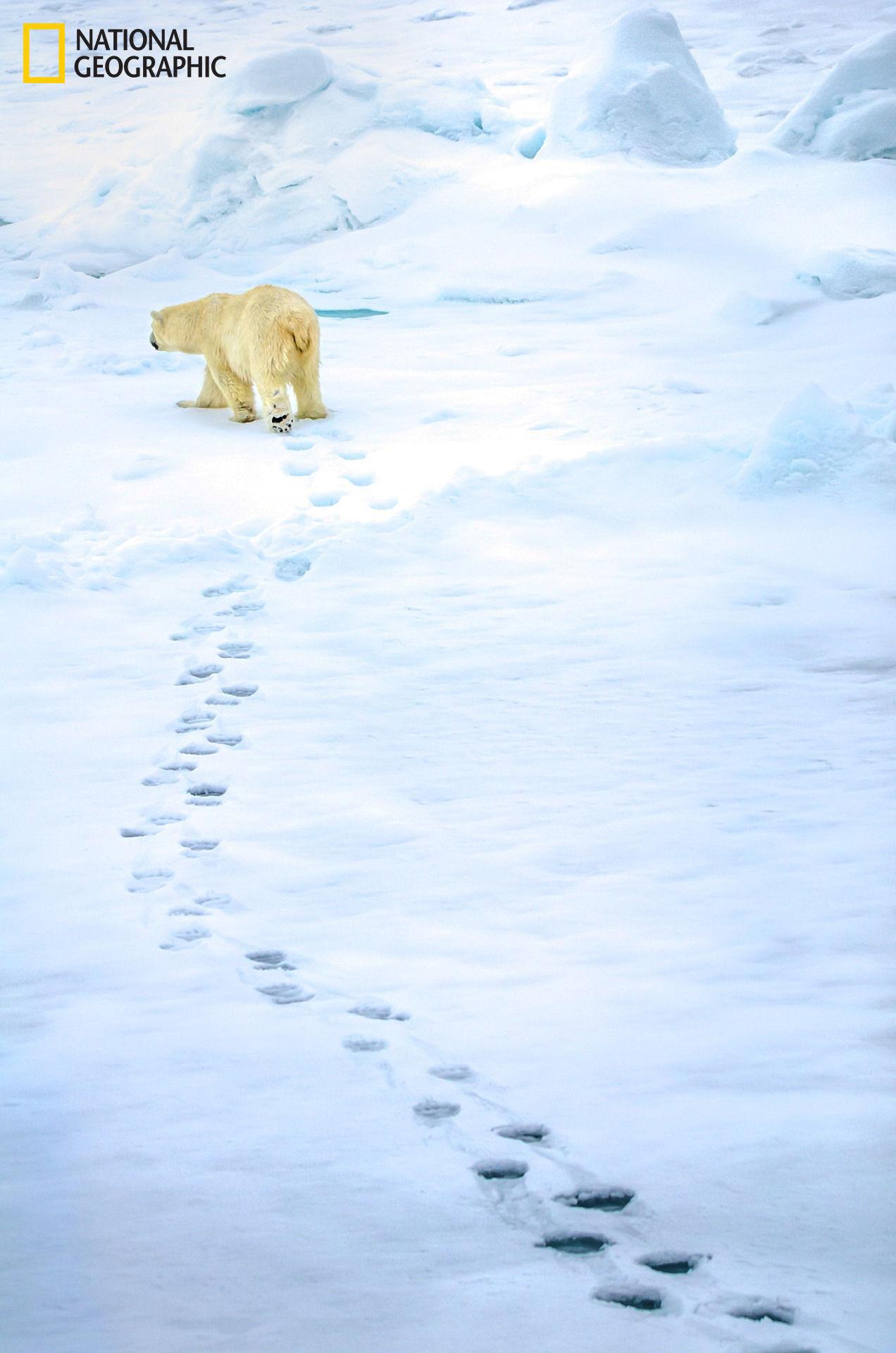
A polar bear ekes out a lonely existence in a barren world of ice. http://yourshot.nationalgeographic.com/profile/1327035/
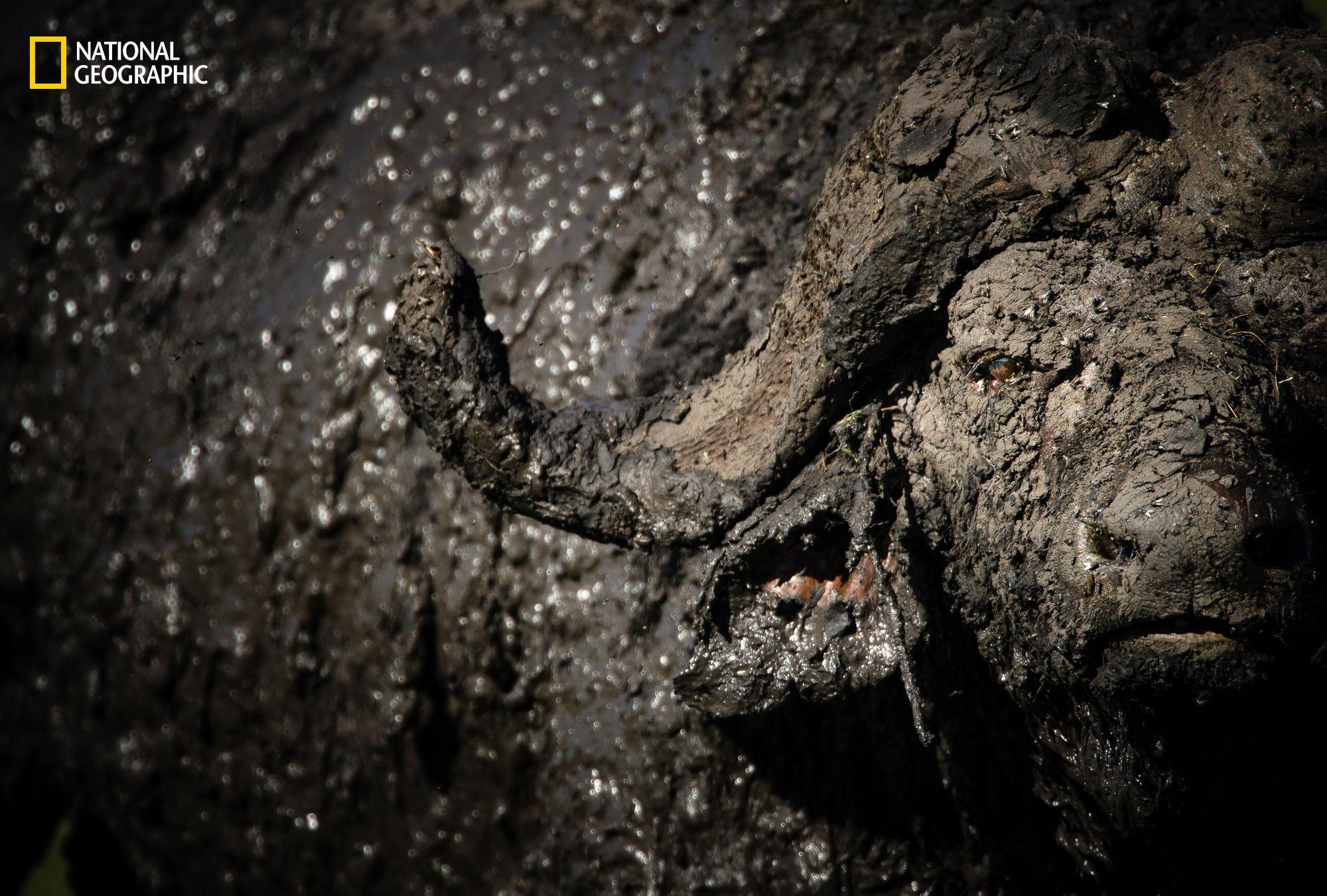
An African Buffalo full of mud late in the afternoon in the Masai Mara, Kenya. A different portrait for this powerful animal. http://yourshot.nationalgeographic.com/profile/76763/
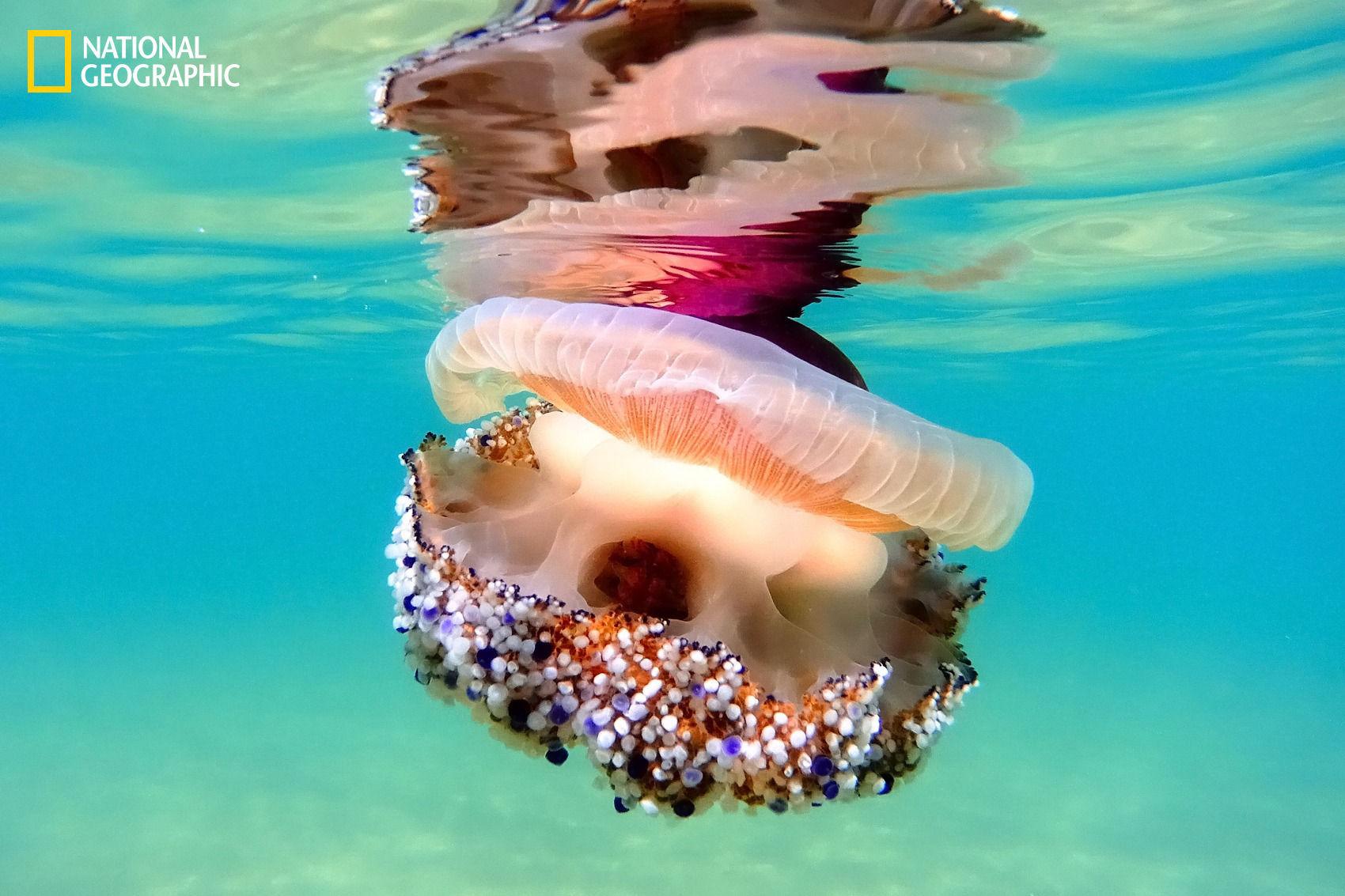
Cotylorhiza Tuberculata, aka Mediterranean Jelly or (more friendly…) Fried Egg Jelly, is pretty common throughout Mediterranean Sea. Its stings are totally harmless to humans yet its beauty is absolutely contagious … http://yourshot.nationalgeographic.com/profile/57248/
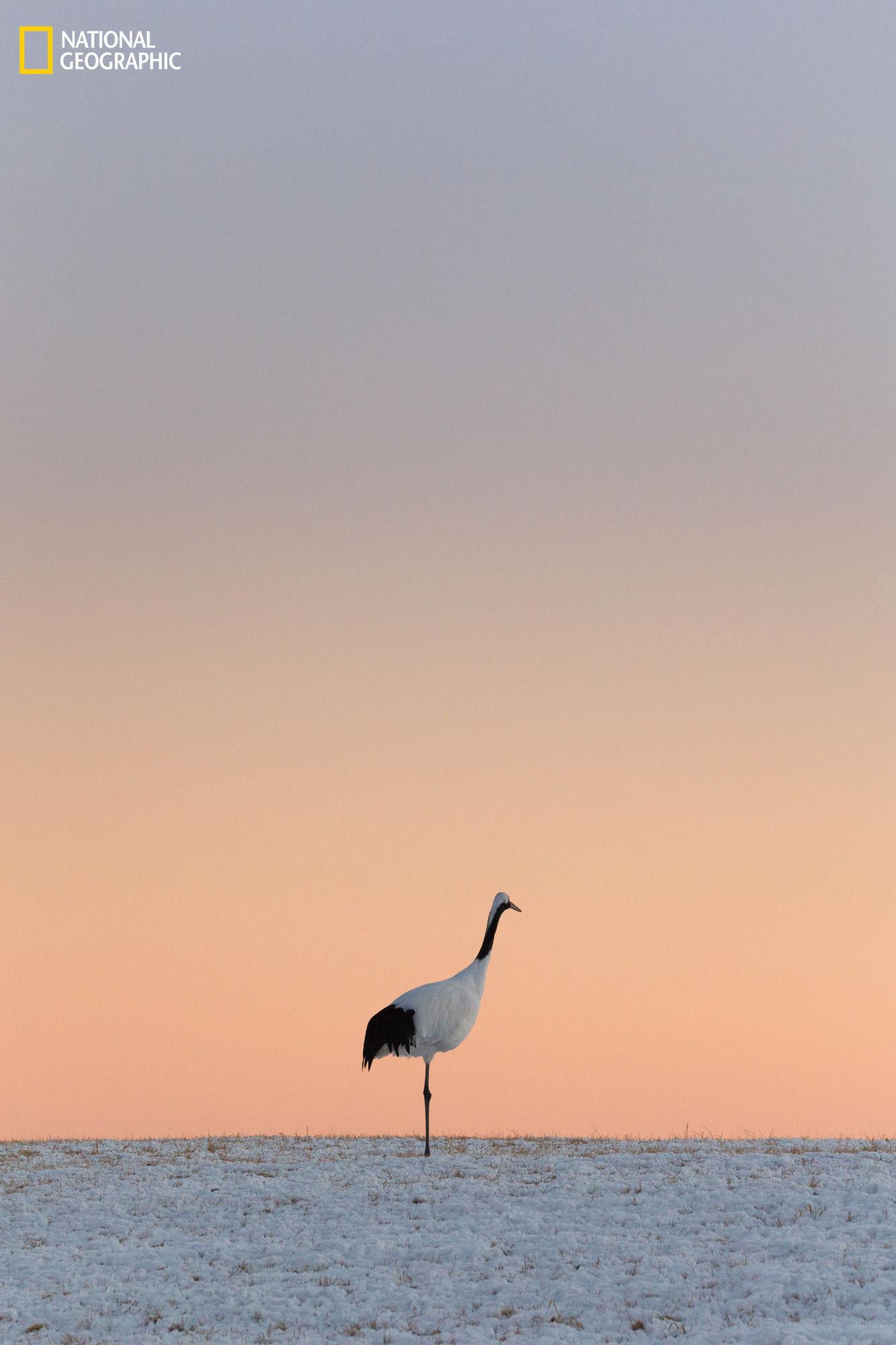
Even after the other family members have returned to all the nest, she only had to watch the day’s sunset. http://yourshot.nationalgeographic.com/profile/261526/
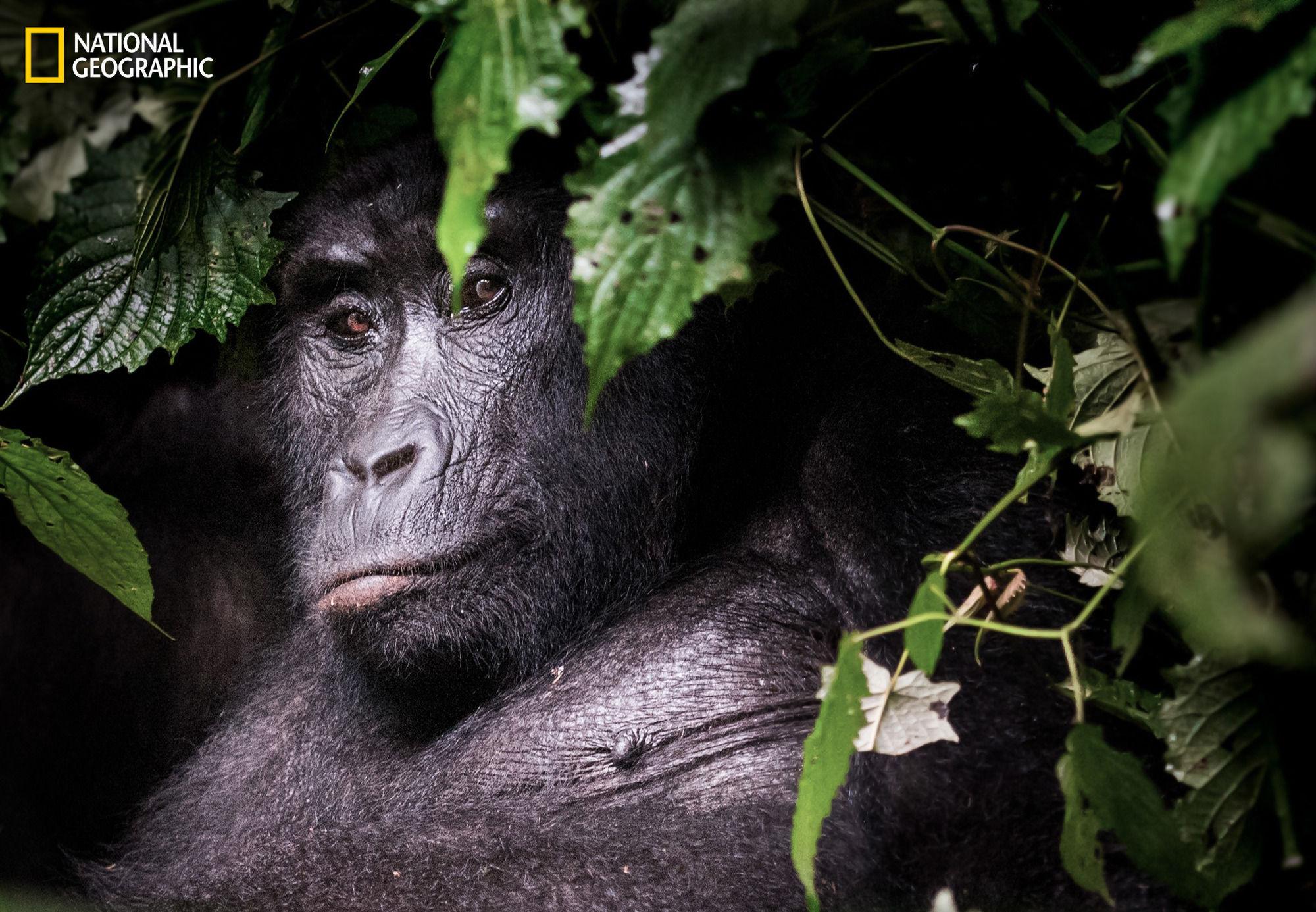
Hiking with the local guides, we stumbled upon this Mountain Gorilla peering curiously from the depths of the Impenetrable Forest. http://yourshot.nationalgeographic.com/profile/1327035/
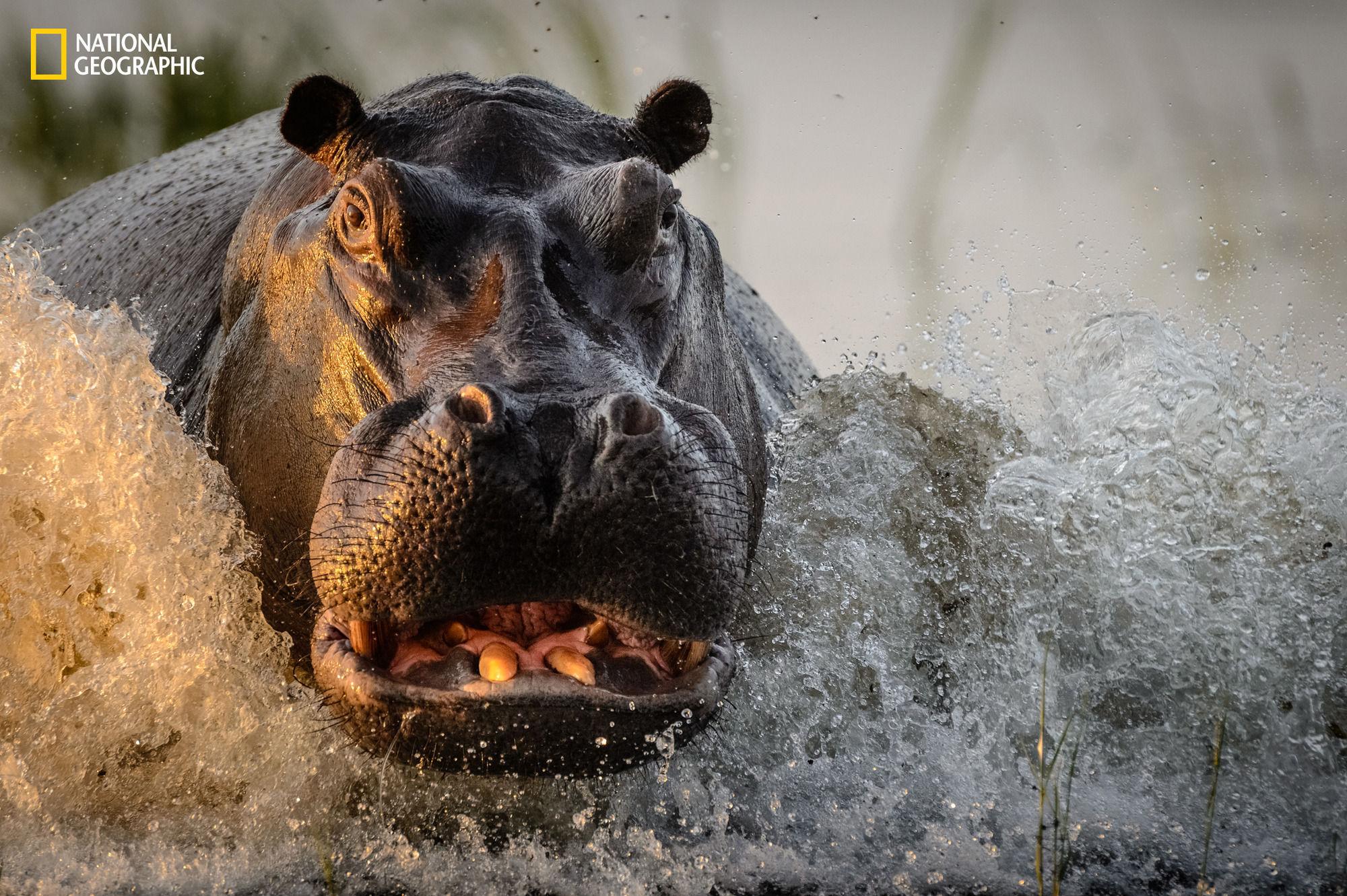
I was on a photographic safari in Chobe River, Botswana in April 2016 when I took this image. At this time of the year the water levels are high and herds of hippopotamus share the tributaries. This particular bull was very territorial and liked a mock charge whenever our boat (driven by a qualified local guide) passed his patch of the river on our daily outings. On this occasion, I pre-focussed my 600mm lens and fired a few shots at a safe distance and got this golden hour shot! http://yourshot.nationalgeographic.com/profile/479708/
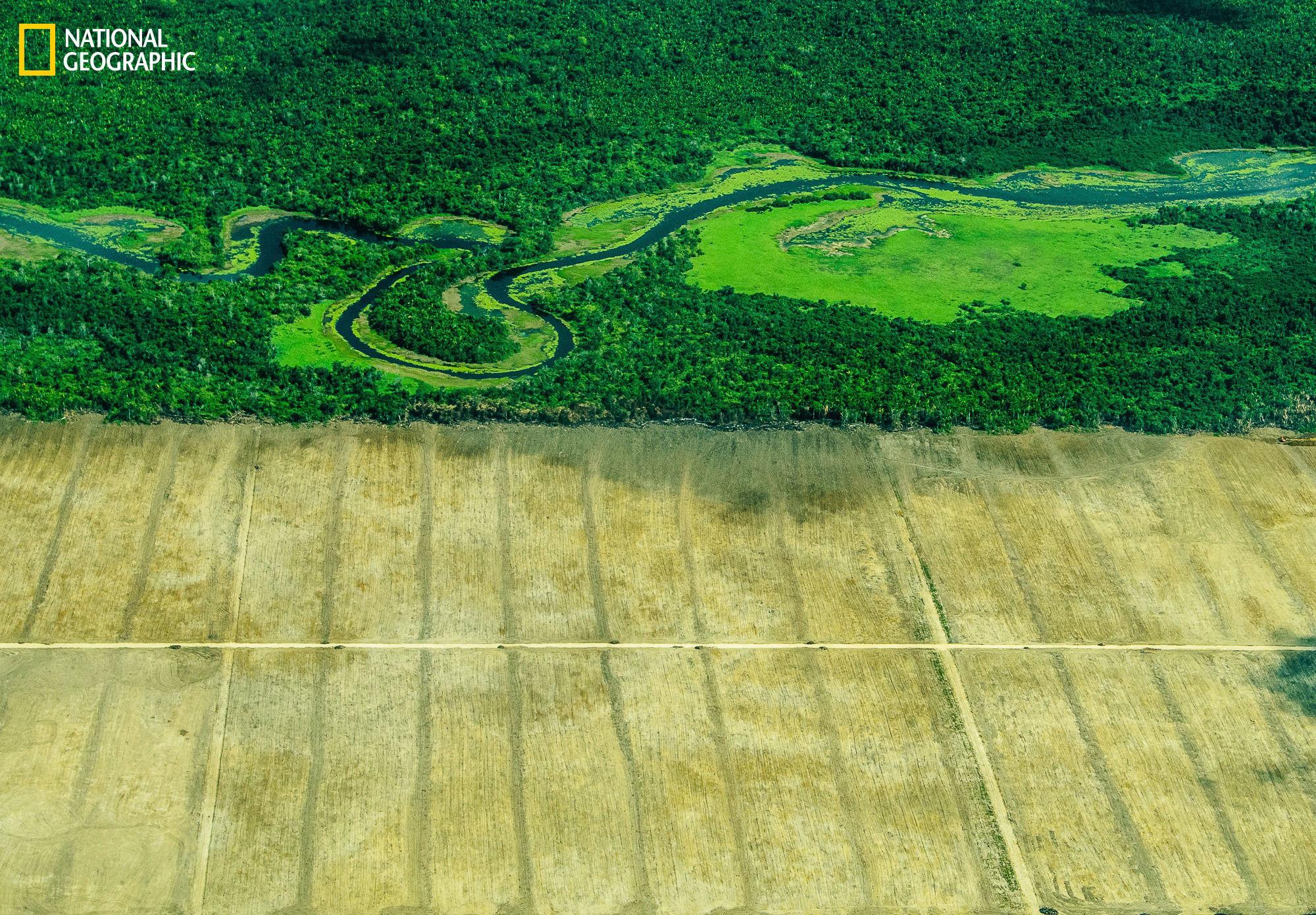
I was wrong to think that the trip between Belize and Guatemala would be a succession of idyllic landscapes. A few minutes later from take off, the view through the windows revealed me sharply the real situation of tropical forests in the world. Is too deep on the green the footprint of the Humanity, and very hard the border that divide the paradise from our worst actions in Earth. Image could be cut in the bottom half and show the intact forest. Unfortunately it would be a false reality.
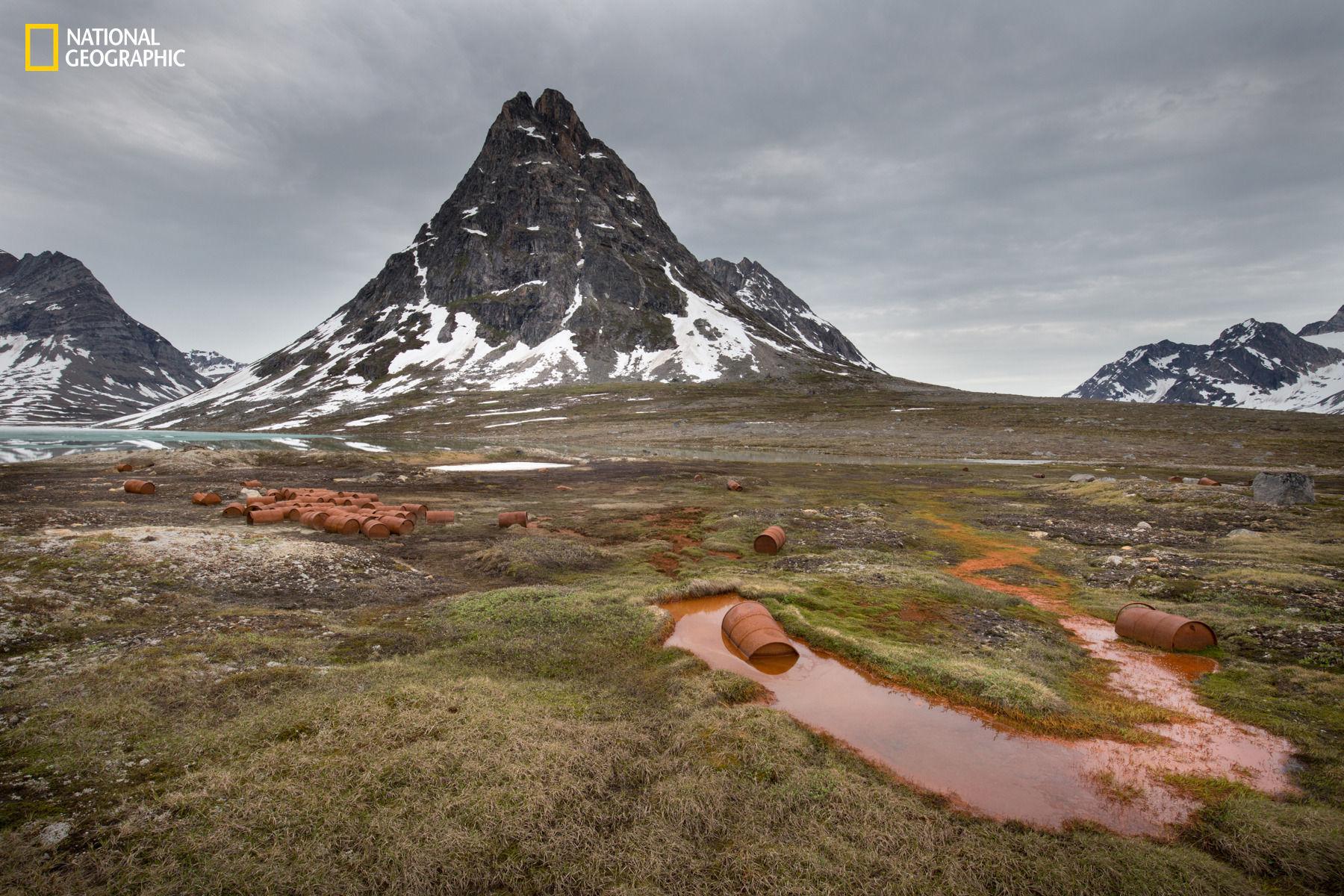
In Greenland’s pristine landscape lies a US Air Force base which was abandoned in 1947 and everything was left behind, vehicles, asbestos laced structures, and over 10,000 aviation fuel barrels. The Inuits who live in the region call the rusted remains American Flowers. I spent time over the last 2 summers camping out solo on the tundra photographing it.
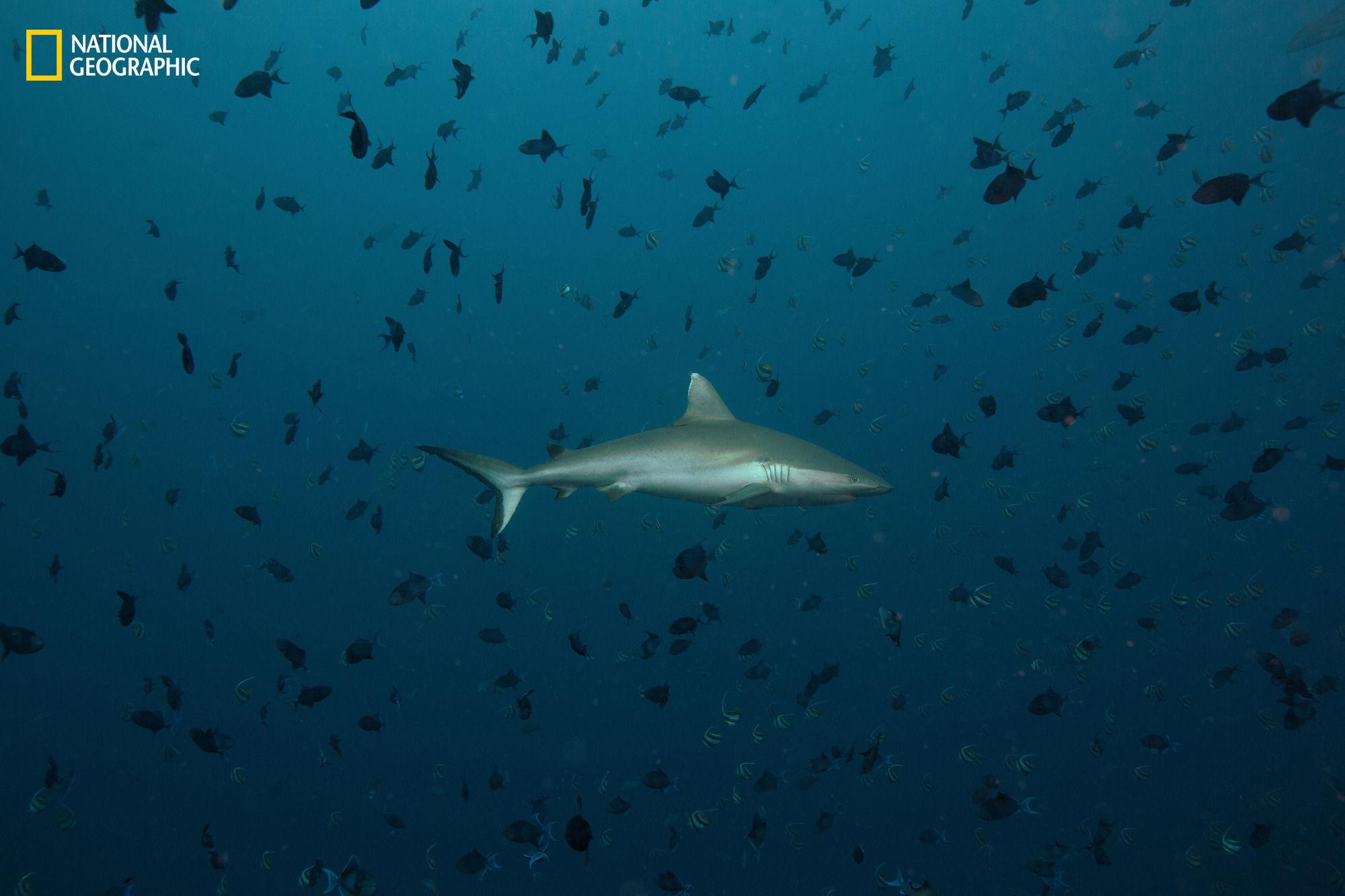
Just to capture a shark around the fish. http://yourshot.nationalgeographic.com/profile/516640/
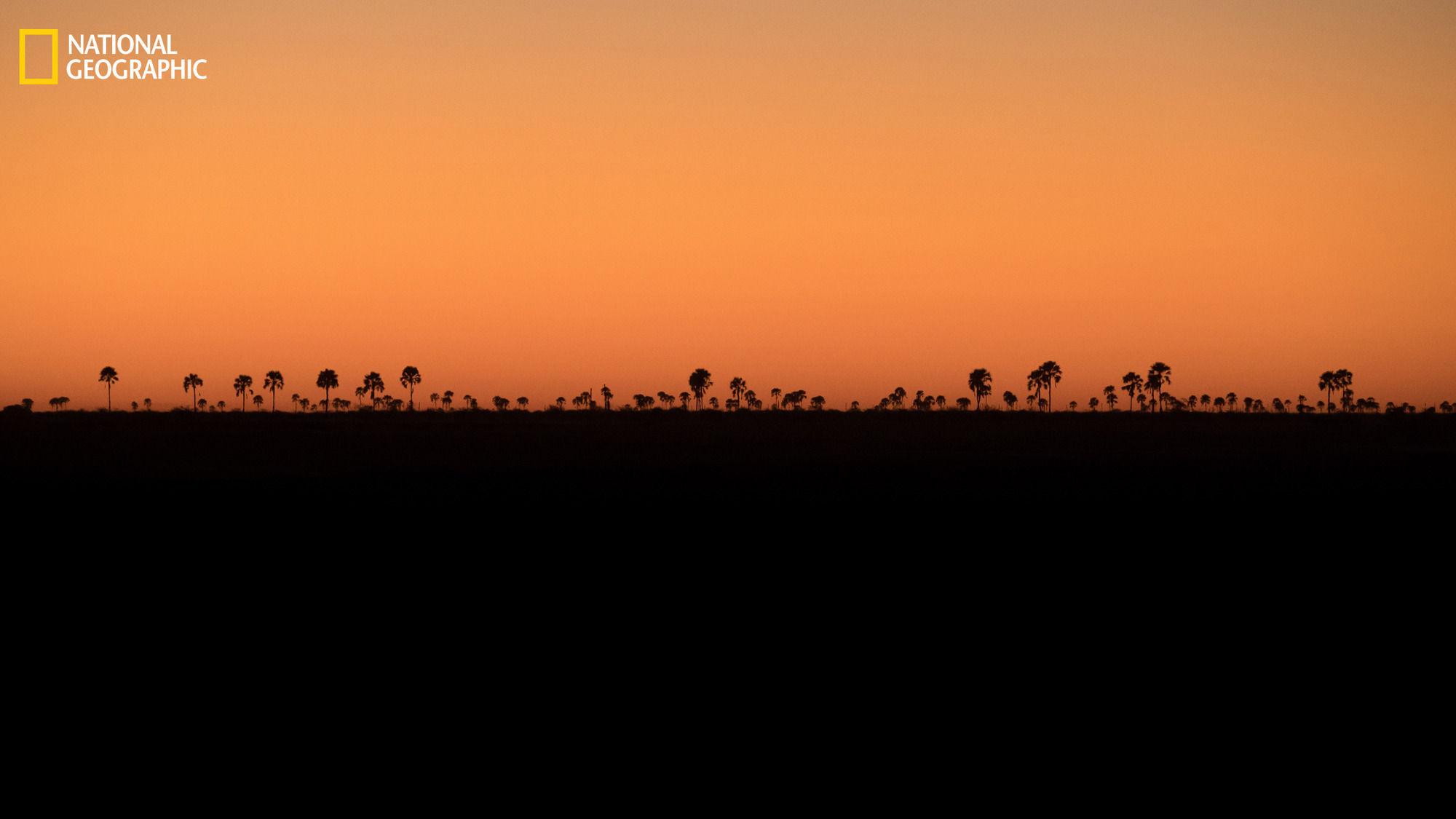
Kalahari sunset. I was on a horseback safari, so I didnt carry a tripod. Taken with 8000 ISO. I actually loved this horizon. http://yourshot.nationalgeographic.com/profile/1291404/
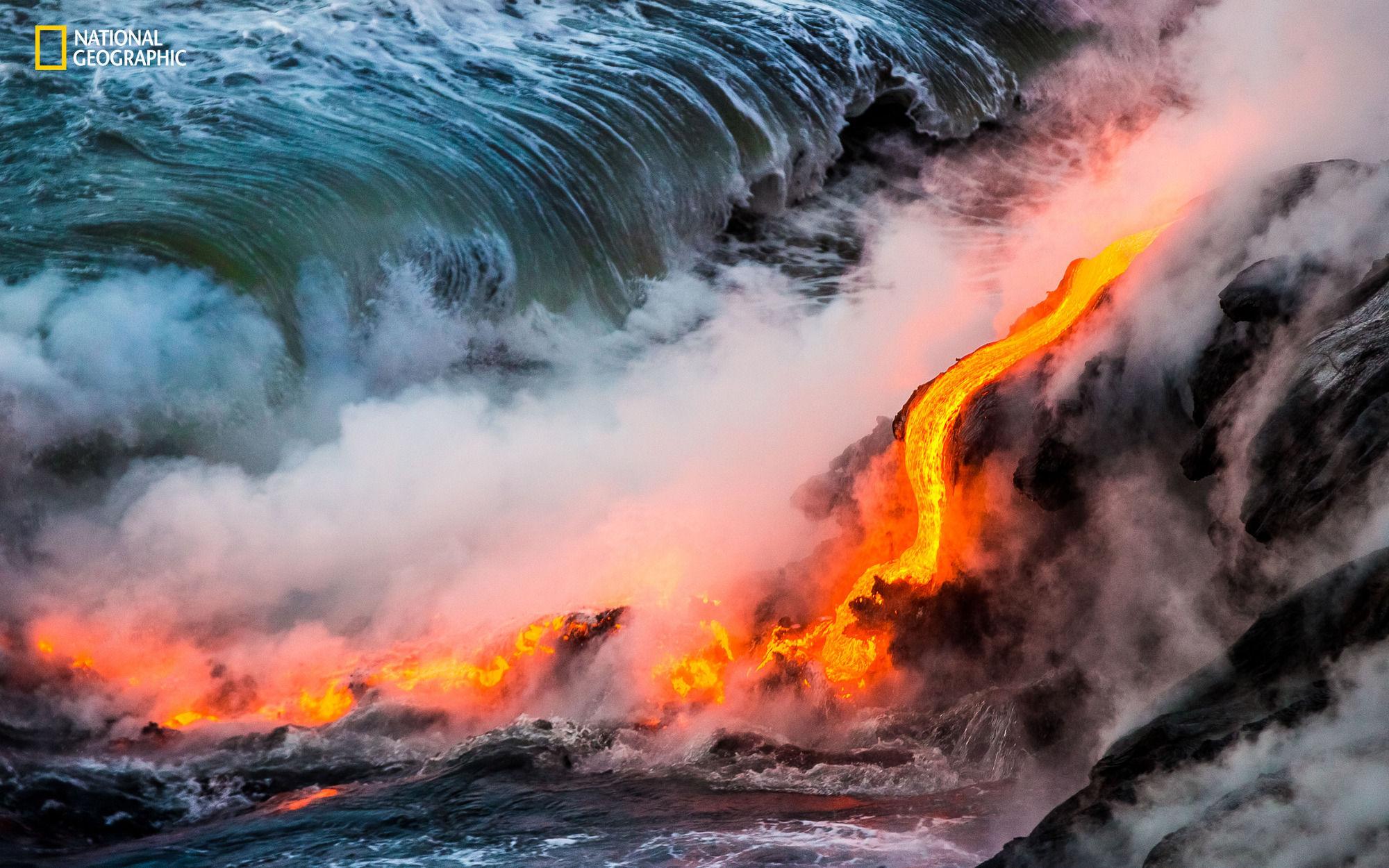
Lava ocean entry from the 2016 Kalapana lava flow on the Big Island of Hawaii. Watching new earth being formed is an amazing experience. Boiling ocean waves crashing into fresh lava & giving off clouds of steam along with scatter violent lava bursts from pressure release, creation of the earth is mesmerizing & powerful sight to see. http://yourshot.nationalgeographic.com/profile/908120/
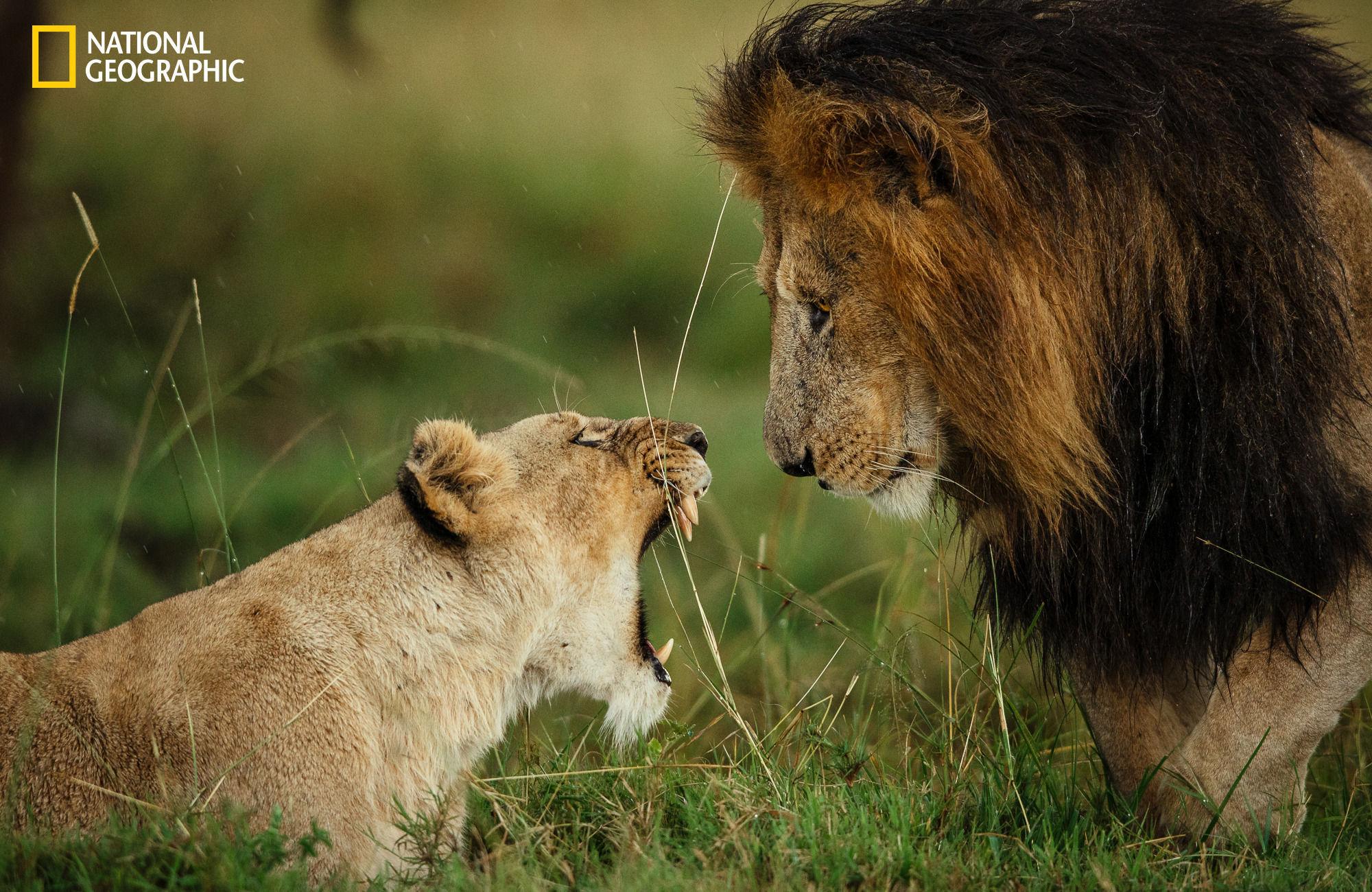
Lioness refuses the advances of the male during a prolonged courtship under a light rain in the Masai Mara, Kenya. http://yourshot.nationalgeographic.com/profile/76763/
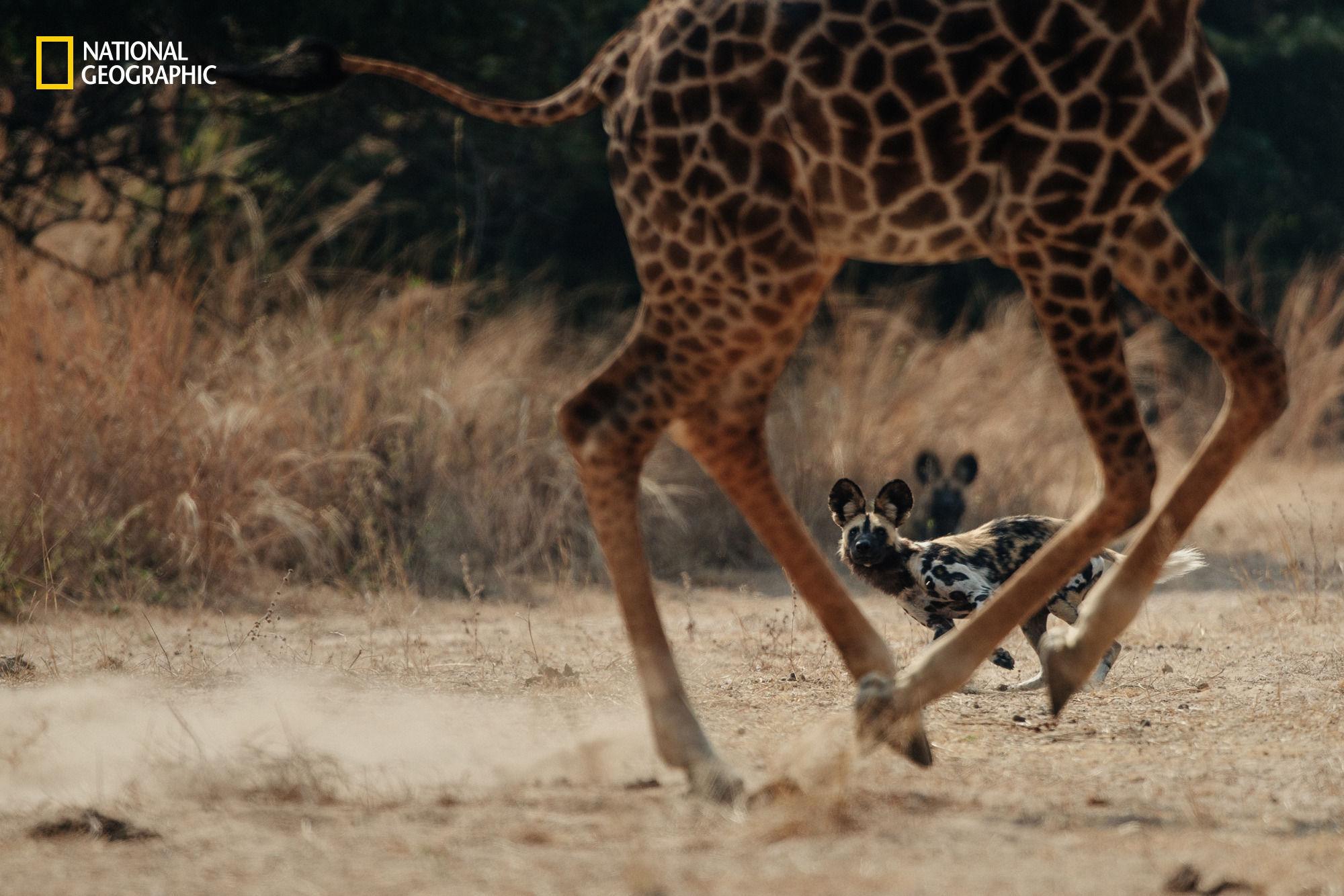
The current population of African wild dogs has been estimated at roughly 39 subpopulations containing 6,600 adults, only 1,400 of which are fully grown. The decline of these populations is ongoing, due to habitat fragmentation, human persecution, and disease outbreaks. So I feel always very lucky and fortunate to be able to spend some time next to them. We found this pack of dogs early in the morning. They were looking to make a kill. But unfortunately for them this girafe was a way to big… http://yourshot.nationalgeographic.com/profile/76763/
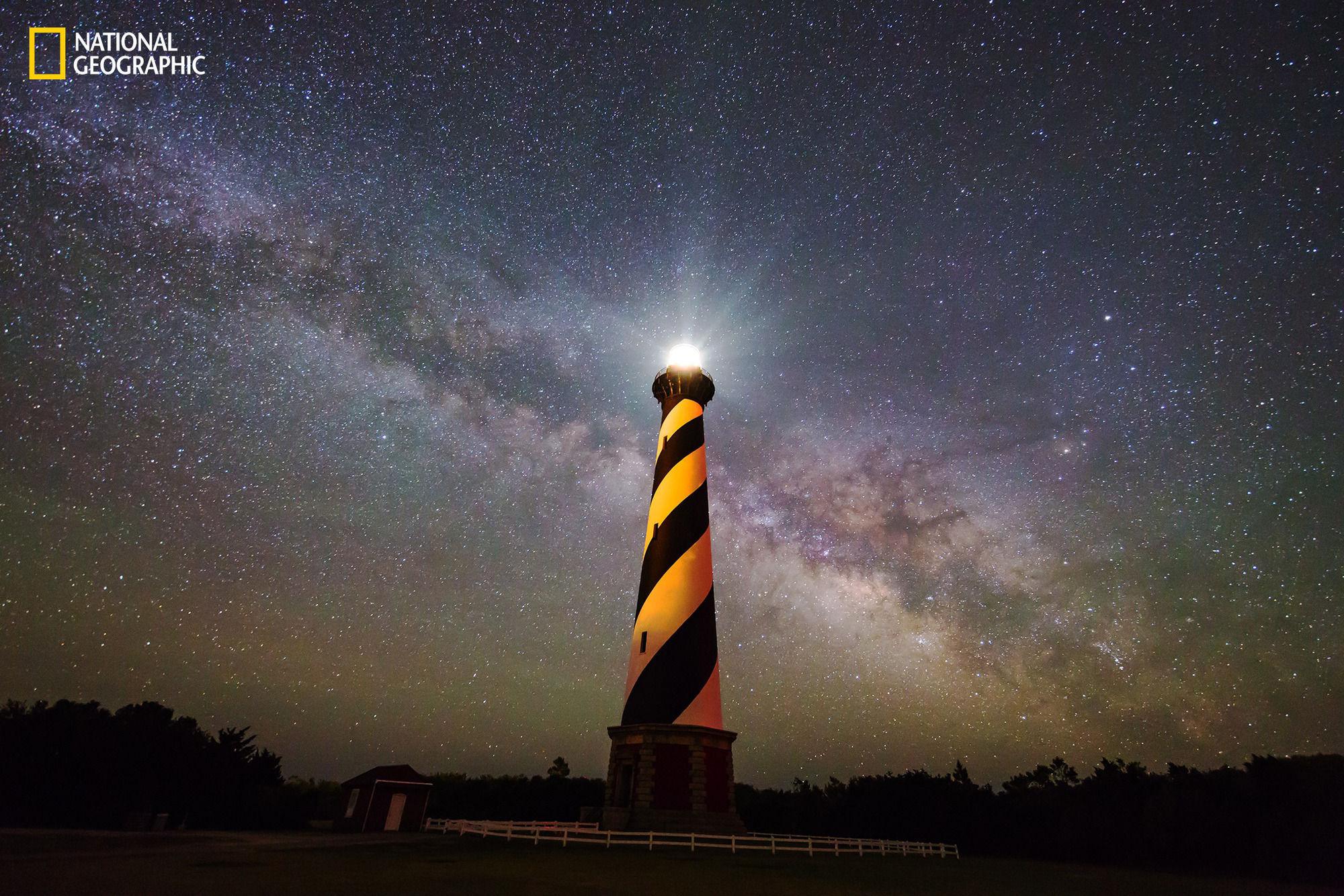
This is a time-lapse frame taken at the Cape Hatteras Lighthouse. This angle possibly has the least light pollution of any spot on the East Coast which allows the camera to capture the most possible detail. http://yourshot.nationalgeographic.com/profile/340289/
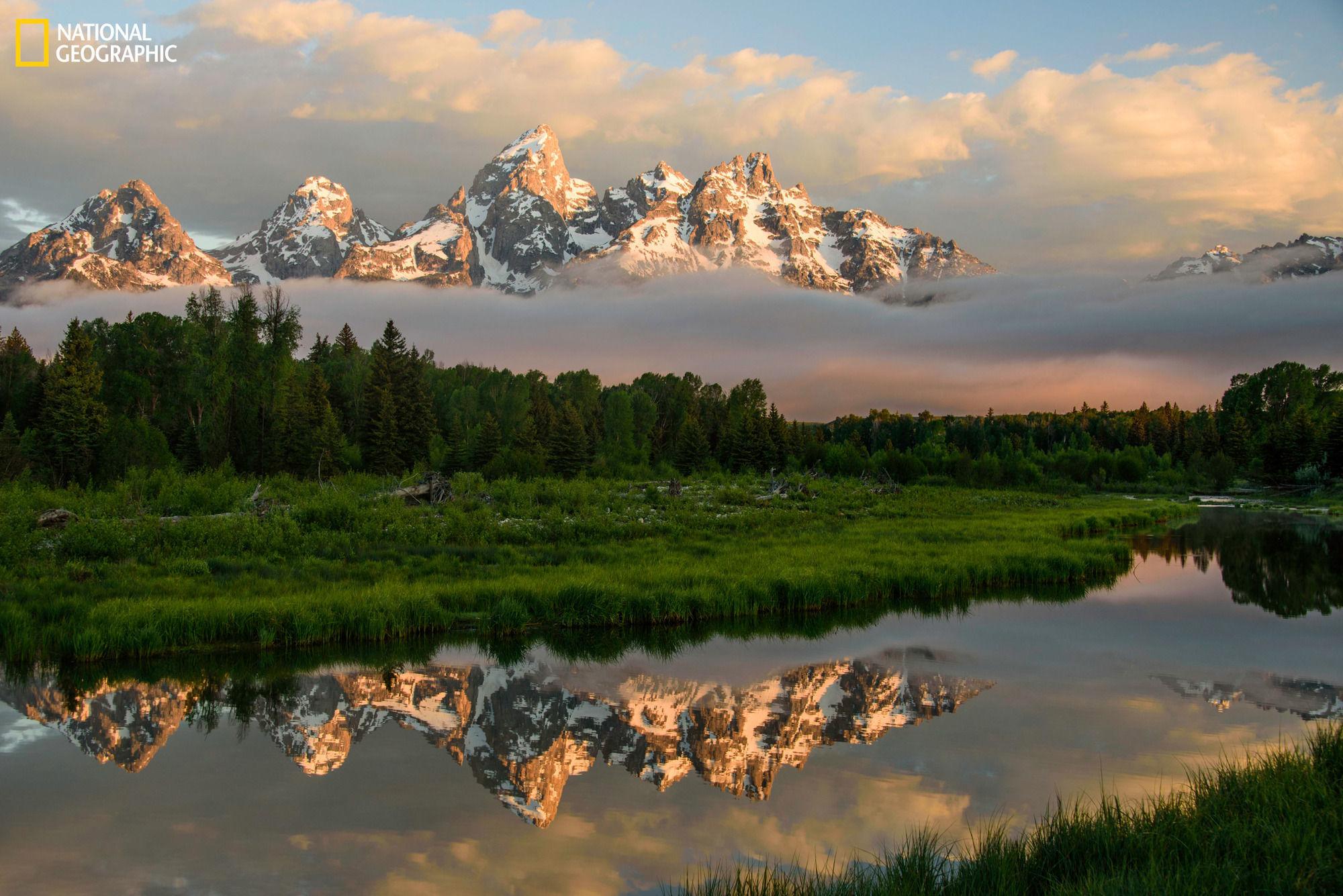
We arrived at approximately 4:30 a.m. It was VERY cold – approximately 38 degrees – and dark. We were layered up, and I wore fingerless gloves with hand warmers tucked inside. We set up our gear – tripods and remote shutter releases – and adjusted our settings and we waited. And waited. At approximately 5:30 a.m., the sun began to light the sky. As the majestic Tetons were revealed, tears streamed down my face. I have never in my life experienced such an overwhelming feeling. http://yourshot.nationalgeographic.com/profile/1375342/
